Baghdad - Six Soldiers with second platoon, 623rd Casualty Liaison Team, 10th Sustainment Brigade, at the 10th Combat Support Hospital in Ibn Sina Hospital here are scheduled to move with the 10th CSH to Sather Air Base, Iraq, in September after the U.S. gives control of Ibn Sina to the Iraqi government.
Unlike many of the jobs tasked to the Iraqis, the 623rd's casualty liaisons perform military-specific tasks - facilitating the next-of kin notification process, acting as a go-between for doctors and unit command staff, and initiating a patient case file at the hospital, said Casualty Liaison Sgt. Craig M. Smith, a Springfield, Ill., native.
"By the nature of our job, it's more of a military function," Smith said. "They'll still have their own patient administration section, but next-of-kin notification is a lot different in the military than on the civilian side of things. We're the first step in the casing process whenever someone is injured in the line of duty."
Smith and five other casualty liaisons work one of three eight-hour shifts daily, with one person working at all times to keep their operation running 24 hours a day.
The liaisons submit reports through defense casualty integrated personnel systems to casualty and mortuary affairs, which Smith said is the most essential part of their job.
"That's how the family gets notified, by the reports that we generate," Smith said. "We're here to make sure the next-of-kin and the family are kept in the loop if anything happens. That's really our main purpose."
Every chain of command in the Baghdad area calls regularly for status updates on their injured service members as well, he said.
"You see a little bit more than you'd expect when you are a paper pusher," Smith said. "It wasn't quite what I envisioned. I'm glad to be doing it."
He said he loves the job because he works in a trauma center in Baghdad and, even on the administrative side, his job gets as hectic as working directly with trauma-room patients.
"If everything's going fine, then we're not doing anything," said Smith. "If we're bored ... everybody's happy."
One of the liaison's greatest challenges is identifying patients who come to the hospital without identification tags or cards, especially if those patients are not accompanied by members of their unit and are unable to speak, Smith said.
He said service members should take seriously pre-mission checks for identification materials to prevent delays in their hospital processing and next-of-kin notification. Even without an identification card, dog tag information enables the liaisons to pull up service members' military and medical records from the military personnel office.
The liaisons will stay at Ibn Sina until the last patient has been transferred or released and control of the hospital given to the Iraqi government, he said. The 623rd CLT is scheduled to return to the United States in December.
Once the 10th CSH has transitioned out of Ibn Sina, the hospital will close pending renovations and reopening by the Iraqi government, Smith said.
The 10th CSH is scheduled to transition to Sather in September, said Col. Jeff Foe, the Multi-National Corps - Iraq deputy surgeon. Foe said the hospital transition is one step in the process of a responsible drawdown of U.S. occupation in Iraq.
Although the whole team may not leave for Sather at once, their scheduled September move is part of the responsible drawdown of forces directed by U.S. President Barack Obama, which requires the roughly 130,000 troops in Iraq to be reduced to roughly 50,000 by August 2010. Additionally, the number of civilian contractors in country is slated to be reduced to roughly 75,000.
Foe said the service members facilitating this transition work to make it as seamless as possible to further establish U.S. forces as good stewards in Iraq.
"This has been a very unique experience as we're giving back a hospital out of the International Zone to the government of Iraq," Foe said. "It's been a learning experience."
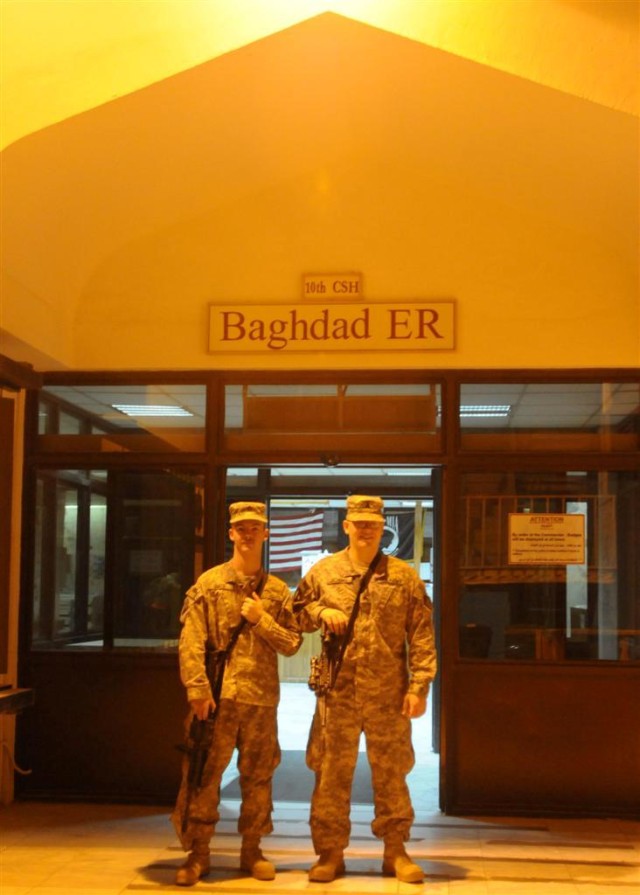
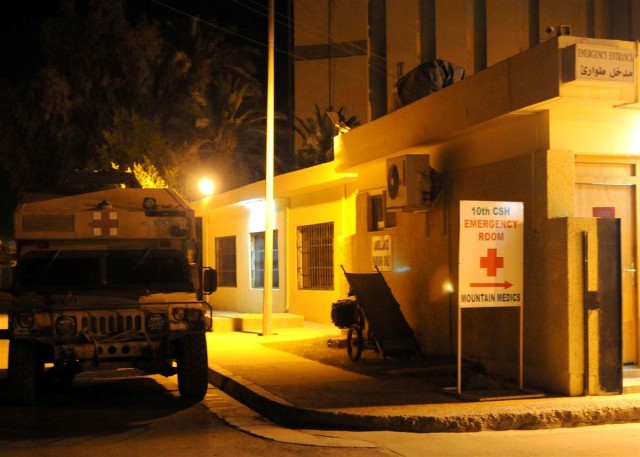

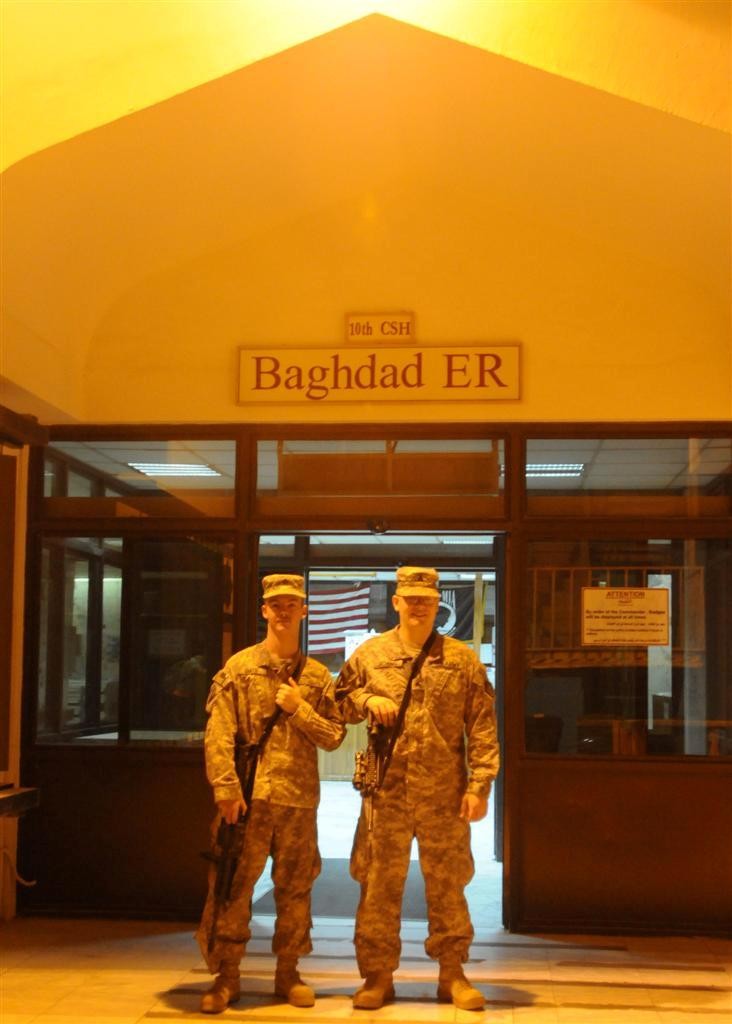
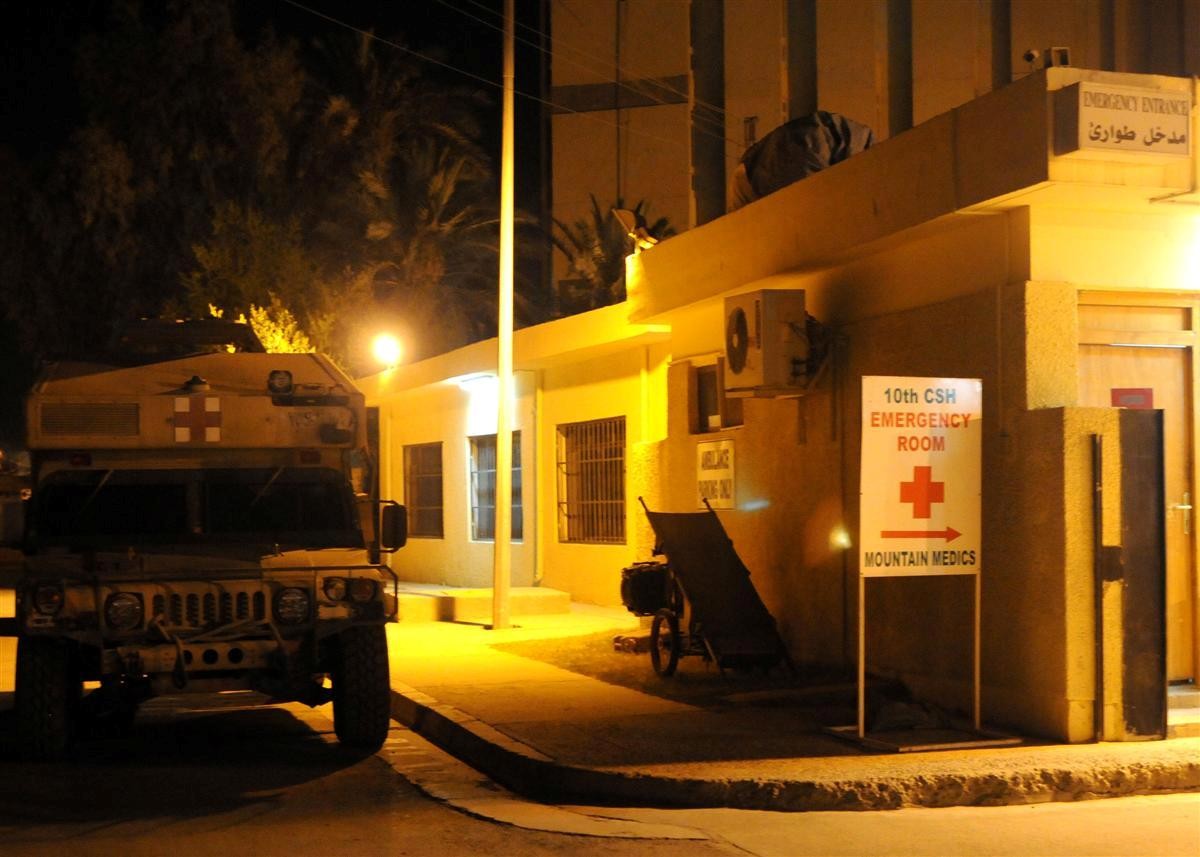
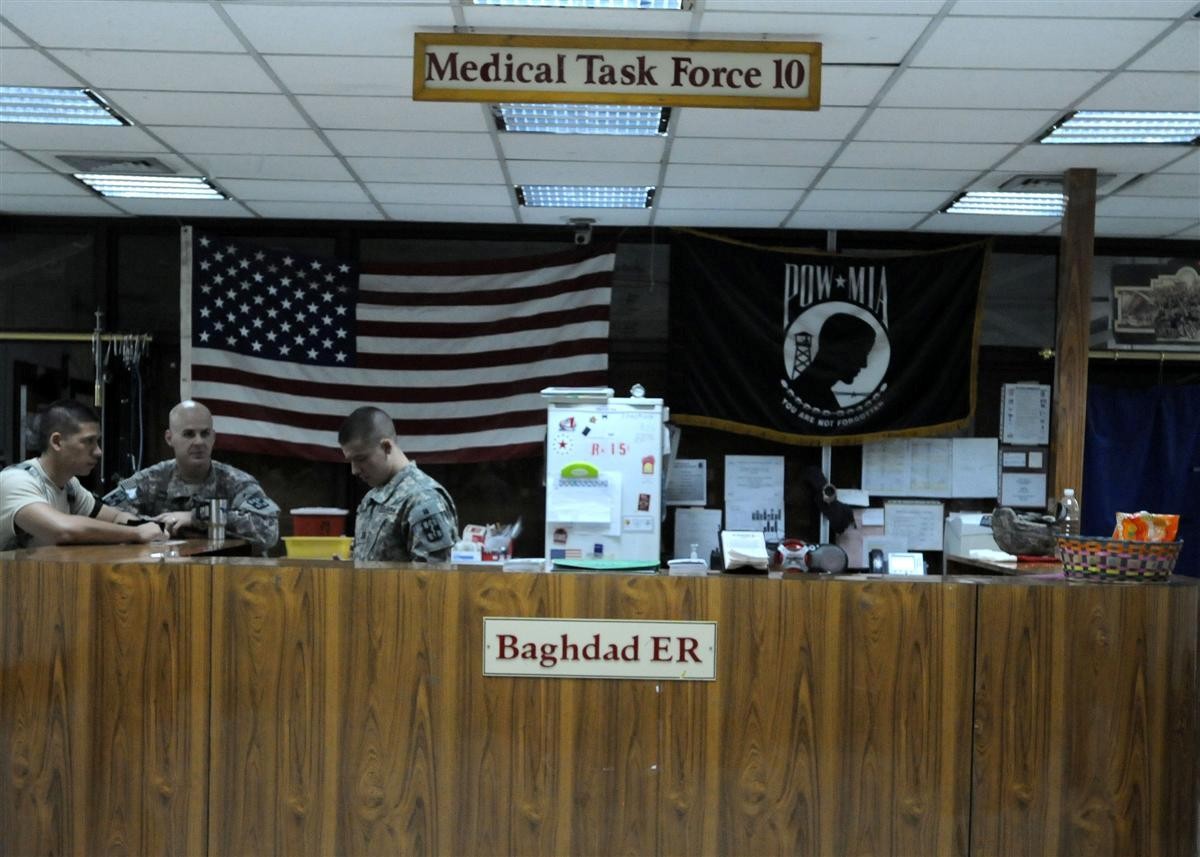
Social Sharing